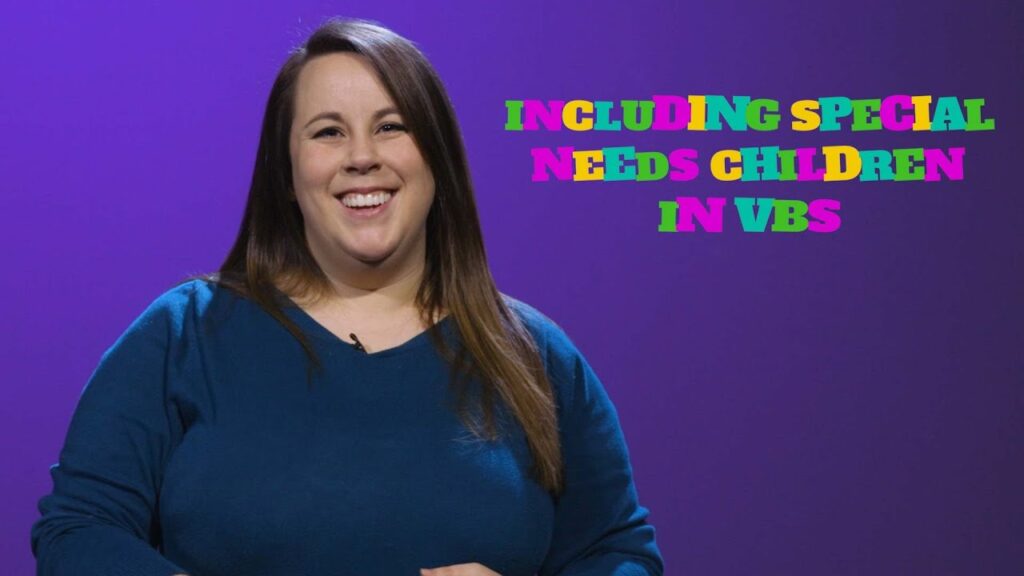Practical Tips Related to Autism, ADHD, and Other Disabilities
At the heart of ministry is the call to meet people where they are.
In this Breakout Session from IMPACT 2025, Laura Dyar shares practical, easy-to-implement strategies to better serve and support kids with a variety of needs. Dyar serves at Church at The Mill as the All-Access Ministry Director. Her approach is hands-on, compassionate, and grounded in experience, providing volunteers and leaders with tools they can use right away. Whether you’re new to special needs ministry or looking to strengthen your skills, these ten tips will help you create an environment where every child feels safe, valued, and loved.
- Be Willing, Not Perfect: You don’t have to be a special education expert to serve; a willing heart and consistency are more important.
- Provide a Structured Environment: Structure helps students feel safe and know what to expect. Use schedules, predictable routines, and consistent classroom rules.
- Use Visual Supports: Visual schedules, icons, and picture instructions can ease transitions and help with communication, especially for non-verbal or minimally verbal students.
- Focus on Relationships Over Behavior: Building trust and positive relationships with students is more important than trying to “fix” behavior quickly.
- Interpret Behavior as Communication: Remember that challenging behaviors are often a form of communication — look for the “why” behind the behavior instead of just reacting.
- Reward Positive Behavior: Catch kids doing the right thing and affirm it with praise, stickers, or preferred activities to reinforce positive actions.
- Prepare for Transitions: Use countdowns (“five more minutes!”) and transition warnings to help students shift from one activity to another smoothly.
- Have a Simple Sensory Toolbox: Keep basic sensory tools (like fidgets, noise-canceling headphones, weighted lap pads) available to help students self-regulate.
- Partner with Parents: Ask parents for input — they know their child best. They can share triggers, calming techniques, and successful strategies.
- Prioritize Consistent Volunteers: Familiar faces help students feel more secure. Aim for consistent volunteers who can build strong, lasting relationships.
Supporting kids with disabilities in ministry settings doesn’t have to be overwhelming; small, thoughtful changes can make a big difference. Dyar’s practical tips remind leaders that by preparing well, communicating clearly, and staying flexible, volunteers can help every child encounter the love of Jesus in a way they understand.

